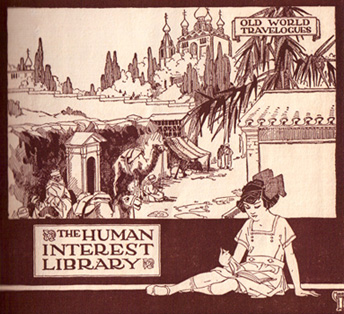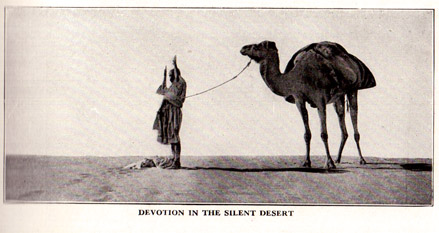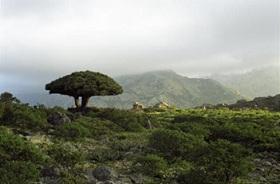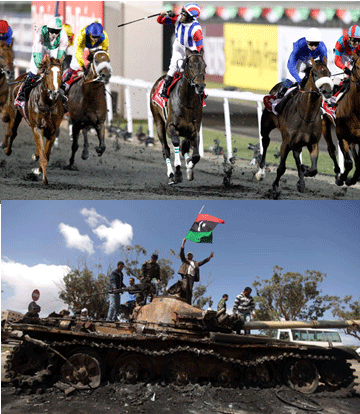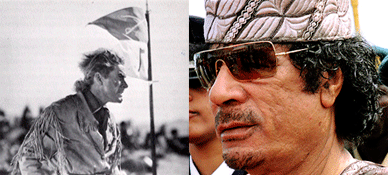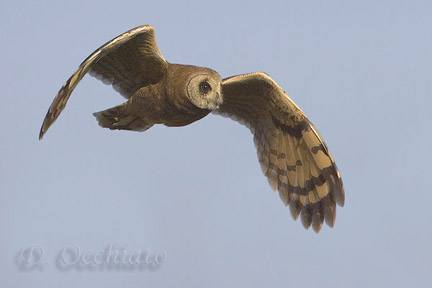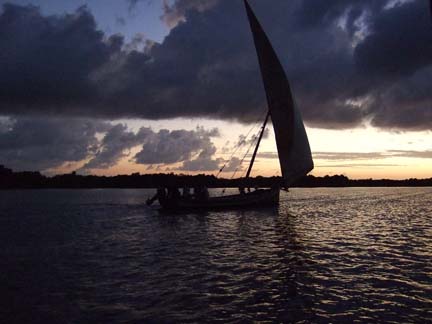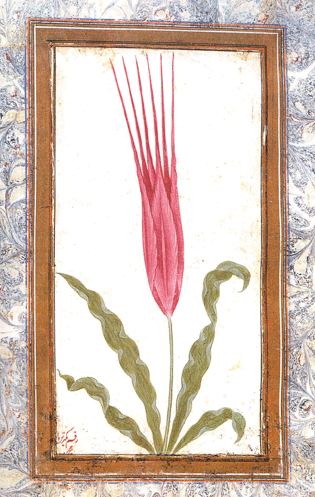
One of the joys of returning home to where I was born is going through the books that my grandmother once owned. One of these is an 1888 edition of Aesop’s Fables, translated by George Fyler Townsend, as shown in the frontispiece above. The cover, which is dark brown, notes it is a “Caxton Edition” and includes a marvelous quote from Thomas Carlyle: “May blessings be upon the head of Cadmus, the Phoenicians, or whoever it was that invented books.” I suppose today we must add: “And curses upon the creator of the Internet idea of an e-book.” As noted in the preface, not all of these tales date back to Aesop; some indeed were thought up by Christian monks in the Middle Ages. According to the same preface no book, apart from the Bible, had a wider circulation in the era just prior to the printing press.
After commenting that these fables have been translated into languages, East and West, the preface continues by saying that they “have been read, and will be read, for generations, alike by the Jew, Heathen, Mohammedan, and Christian” (p. xviii). In leafing through the fables I found several that talk about camels and one that refers to an “Arab.” Aesop might be surprised to find these, but since it is all Greek to me I am not sure how fluent he might have been with the unflappable ship of the desert.
In this post I provide two of the fables, with the rest to come in a future post. Continue reading Aesop’s Fabulous Camels #1
